Colonisation villages, humanised architecture
Being in sparsely populated natural settings and designed by great Spanish architects of the 20th century, many people look at these villages with nostalgia and romanticism as an alternative to city life.
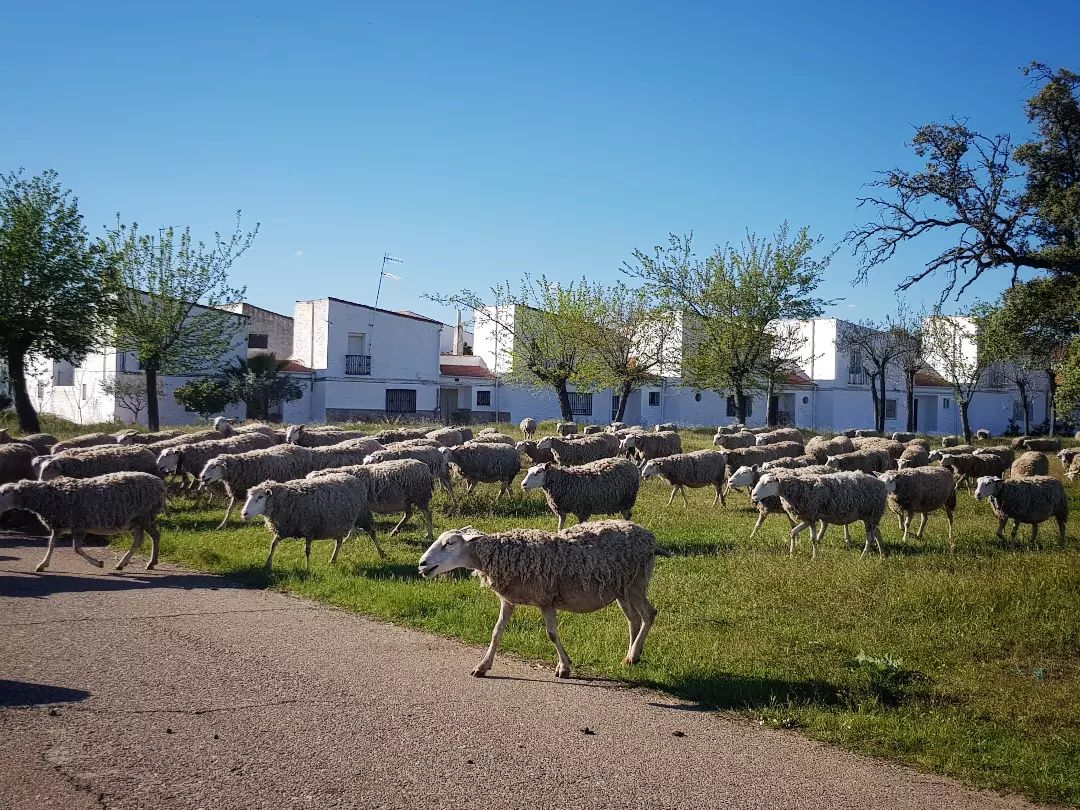
Over the past five years, the pandemic and the term “emptied Spain” have focused attention on the territories that have progressively lost population since the mid-20th century and continue to do so in the 21st, and one of the most far-reaching migratory movements in our country were the so-called colonisation villages.
This ambitious project, which now represents an architectural and habitability attraction, was possible thanks to the colonisation policy developed during Franco’s regime and, for the architect Asun Rodríguez Montejano, “had, with its lights and shadows, an undeniable social, economic, agronomic and landscape impact, with different results depending on the areas of territorial action, in the end they are water landscapes”.
The reason for his statement is that these new colonisation villages, of which there were more than 300 spread throughout Spain, were built up from nothing around the main rivers of the peninsula, such as the Duero, the Guadiana, the Guadalquivir and the Ebro.
For the urban planning specialist, the creation of these new local communities gathered around cities conceived from scratch attracted the attention, during the 59s and 60s, of a generation of architects “José Luis Fernández del Amo, Alejando de la Sota and Antonio Fernández Alba, who reimagined the villages as platforms for urban and architectural experimentation”.
The aim of these city projects was none other than to activate irrigated agricultural employment and, according to Rodríguez Montejano, they entailed “a revolution in employment linked to a social transformation, in the landscape of the territory and the structure of society, and also in the structure of property, which entailed quite a few problems with the original owners, who I understand were expropriated”.
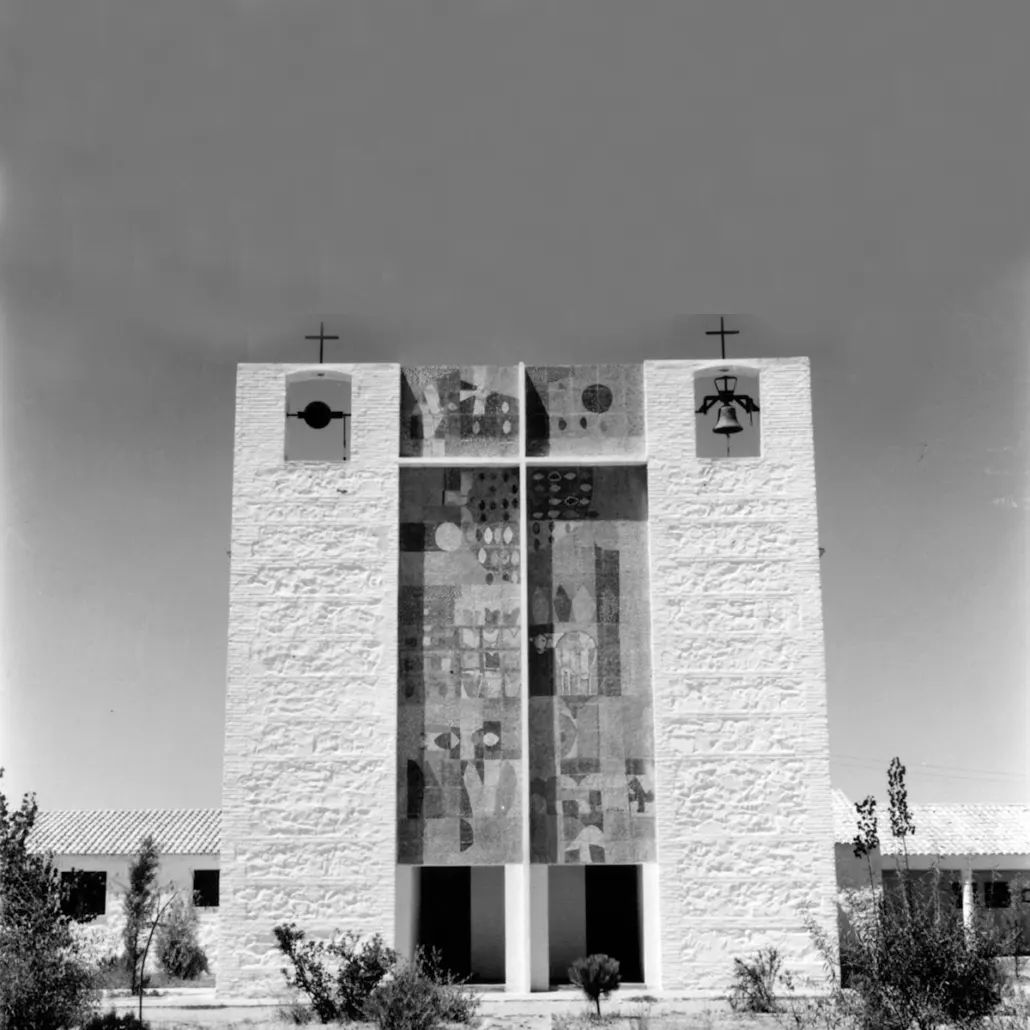
The colonization towns were accessed, through a lottery and after meeting certain requirements, “people of diverse origins and with deep-rooted customs that were concentrated in these towns generating united communities with a strong sense of identity, the cohesion of necessity,” he says.
A romantic vision of these populations is held, although Rodríguez Montejano points out how hard it must have been for the first settlers to start out in a land where they were outsiders and the subsequent stigmatization they suffered, and comments that this does not prevent us from “appreciating, from the point of view of the architect and urban planner, these magnificent exercises in local community projects, including an art that was probably never understood, promoted above all by Fernández del Amo, with the participation of Alejandro de la Sota and Antonio Fernández Alba. It was a migratory model in reverse, instead of from the countryside to the city, from the city to the countryside, or even from the countryside to the countryside. It has a political stigma and that is why it is costing recognition”.
In the architect’s opinion, the most outstanding aspect of these colonization towns is that: the polynuclear structure of the towns separated 5 or 6 km from each other allowed the architects enough freedom to express themselves, the urban and formal experimentation achieved very interesting results, the structure in superblocks (of which there is so much talk now in Barcelona) made possible the separation of traffic, they were integrated with currents such as the modern movement, rationalism and rural tradition in the production of housing, something that has not been repeated in our country.
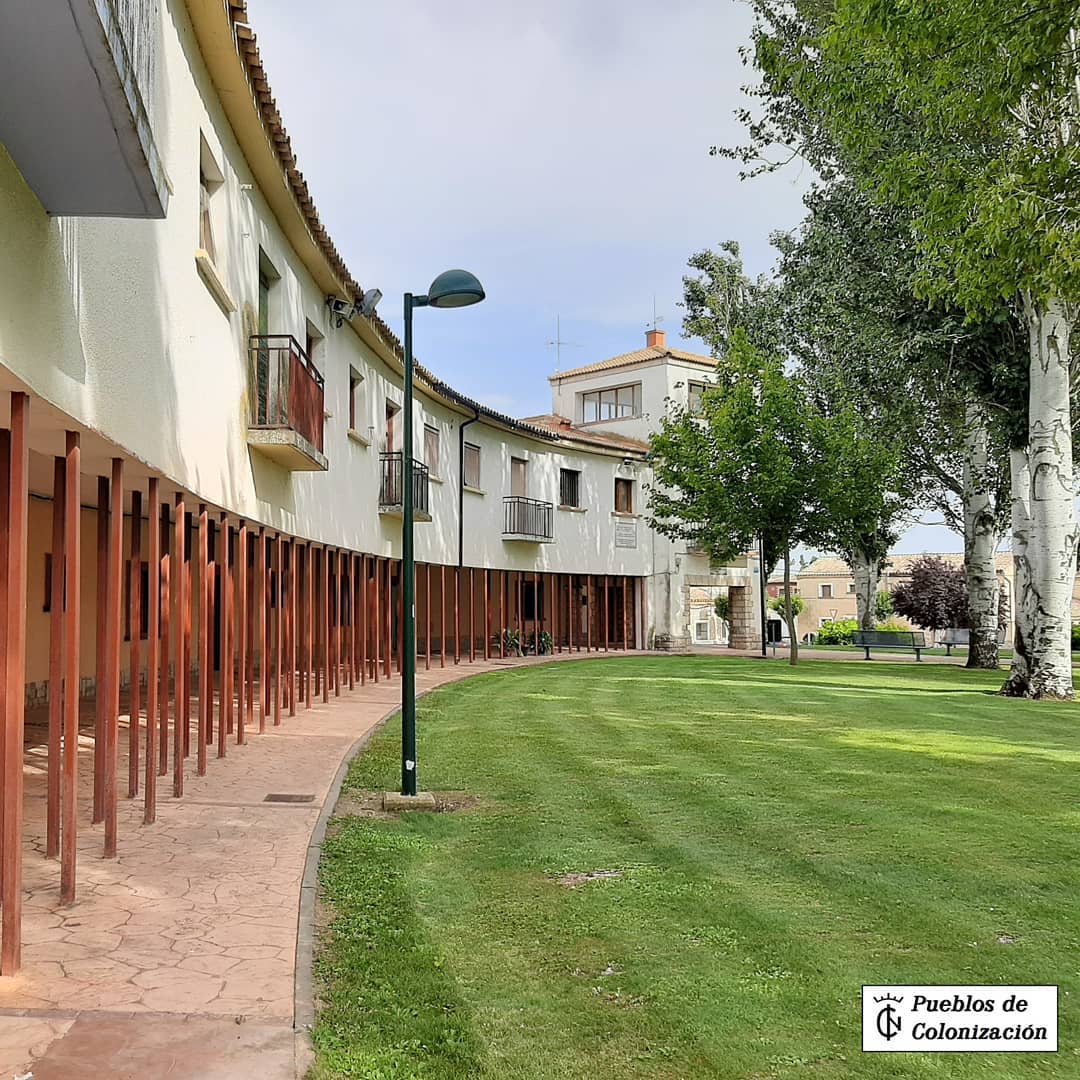
It also meant for the architects an exercise in understanding the place, the materials used and the inhabitants. In addition, another commendable feature is that “all of them tried to make a contextualized and essential architecture,” he says.
In addition, these interventions provided an opportunity for engineers and architects to work in an interdisciplinary way, giving rise to “contemporary houses inspired by vernacular architecture, applying the repetition of equal units in a compositionally brilliant and vibrant way, unlike the strings of terraced houses of today,” he argues.
The result of the colonization towns is that “they were typological repetitions that generated very beautiful compositions, but with variants to avoid monotony”.
In short, in addition to being towns of great interest because of the innovative nature of their experimental urban planning, they emerged with the idea of creating a community and a public space where contemporary art also had an outstanding place. The latter was integrated into religious spaces but also in those destined for collective activities, constituting fountains and other urban elements.
It is important to emphasize that, according to the architect, instead of architecture being at the service of geometry when weaving the territory, “it humanizes and adapts to the place and to a way of living”.
For Asun Rodríguez Montejano, it is worth highlighting “the personality of some of the authors, who link more directly with my interests” and the examples are Valdelacalzada, in Badajoz, the pilot, by José Borobio, with 573 dwellings; the more experimental urban planning of José Luis Fernández del Amo, who introduced solutions such as the separation of vehicular and pedestrian traffic and integrated the houses into nature and who, between 1947 and 1968 when he worked for the National Colonization Institute, designed up to twelve villages such as Vegaviana (Cáceres), where he kept the dehesa, Villalba de Calatrava (1955) and El Realengo (1957), Cañada de Agra (1962) and Miraelrío (1964); Entrerríos (Badajoz), owned by Alejandro de la Sota; and Villafranco del Guadiana (Badajoz), owned by José Antonio Corrales.

The current relevance of the colonization towns comes from the fact that “they present characteristics that are precisely being claimed today, in the sense of rescuing present concepts of urban thinking, which should not have been forgotten, some of which are being rescued today as if they were great discoveries,” she says.
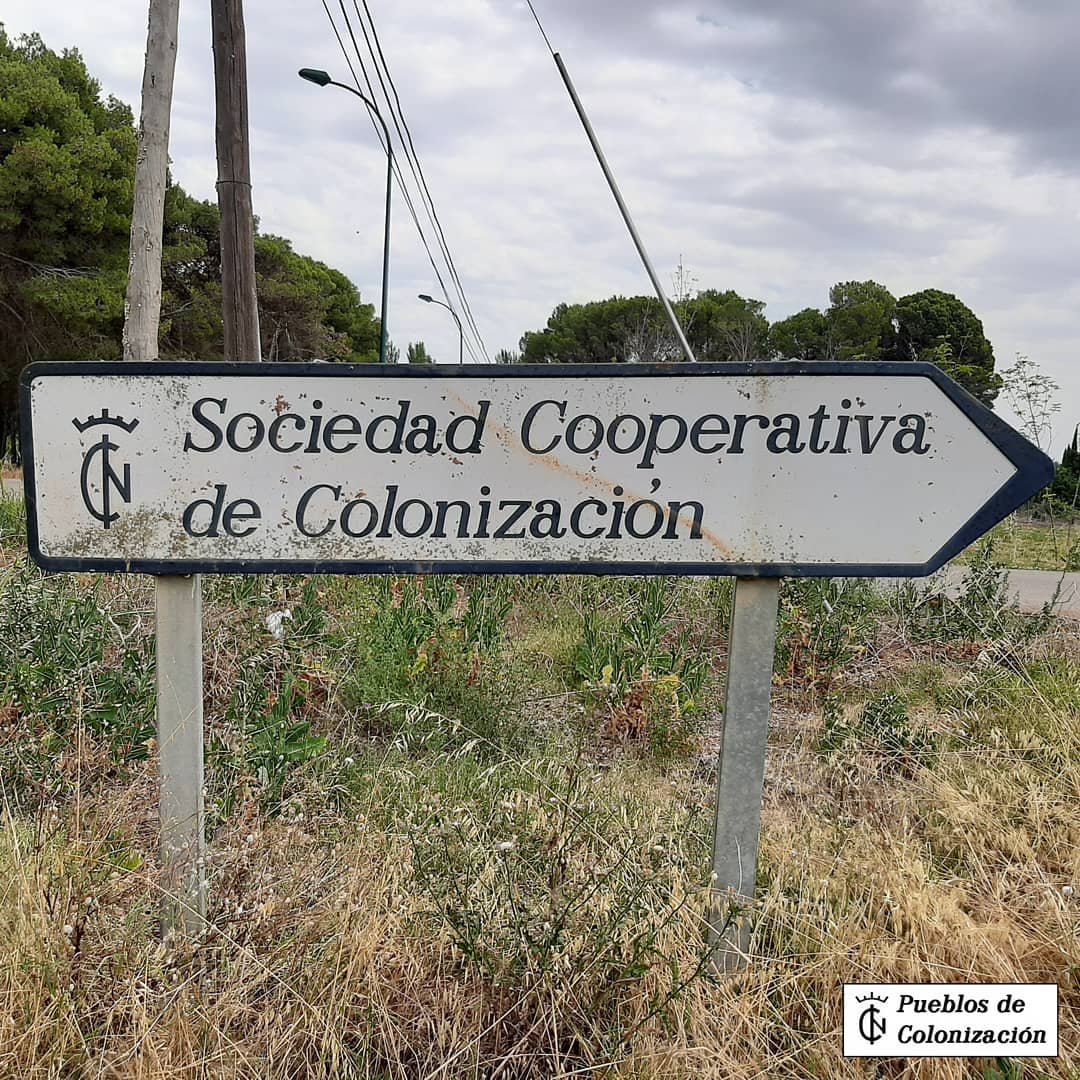
Esquivel, 14 km from Seville, is a dormitory town; Villalba de Calatrava, in Ciudad Real, has been converted into second homes; La Vereda in Cordoba has suffered from rural depopulation and is in semi-abandonment; others have been dedicated to tourism initiatives, such as the Pueblos de Luz, in Extremadura; others await the opportunity to become tourist accommodations; and, others are under review by the Iberian Docomomo, or are in the programming of EUROPAN, while some have the potential to be part of experiments in the framework of the European Bauhaus.
And, he concludes, “the villages have continued to empty for obvious reasons, for training and employment needs…, but after the pandemic it seems that there has been a real need for contact with nature which, in families with children up to a certain age, is compatible with life in the countryside”.
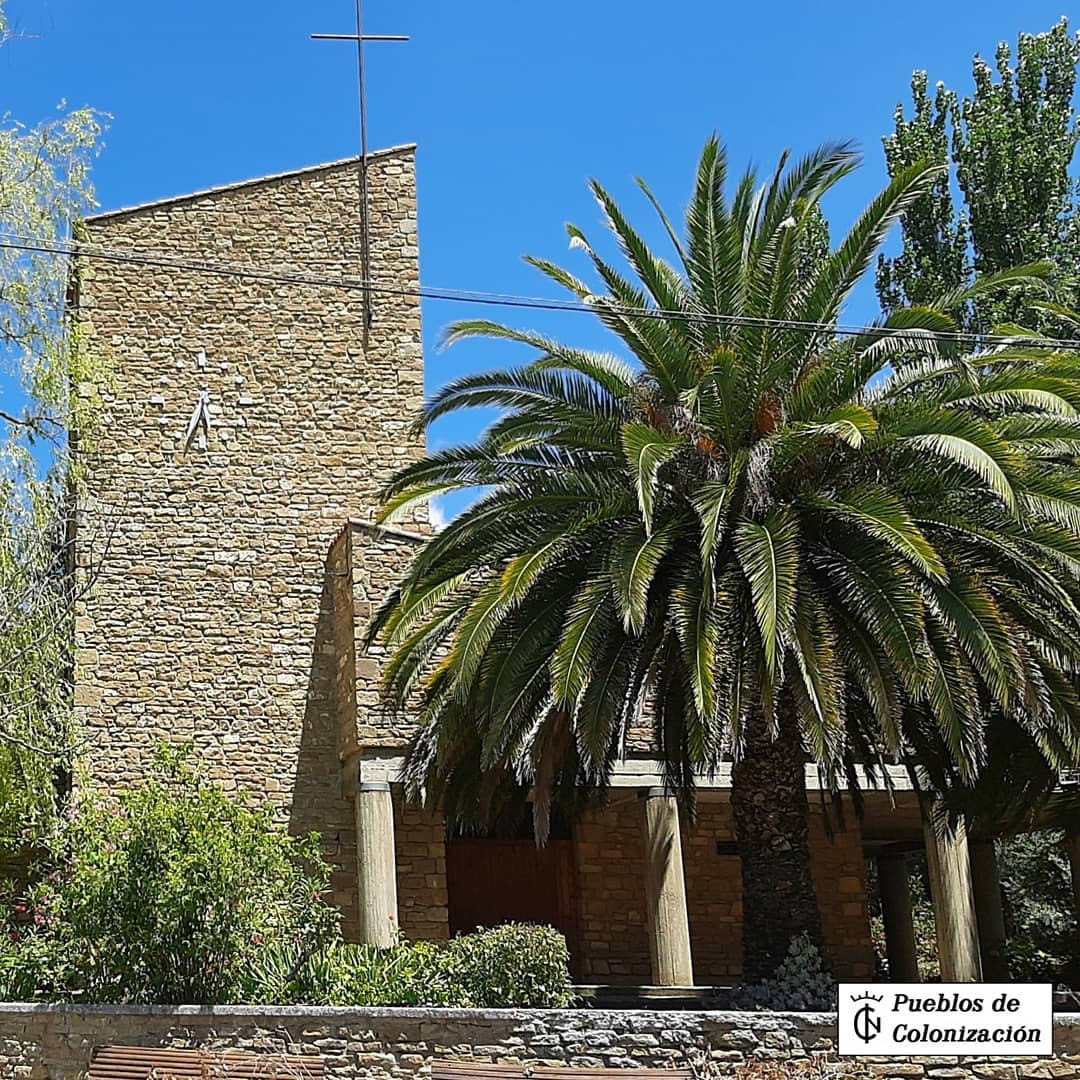
Today, he understands that “it seems easier to repopulate them with technology and sustainable mobility. I believe that investment is needed, but also ingenuity. To imagine new forms of collective mobility, new forms of teaching, healthcare, online work. Nature is important, but the sociability and creativity offered by the collective are also compatible? Surely yes, let’s think about it,” she concludes.
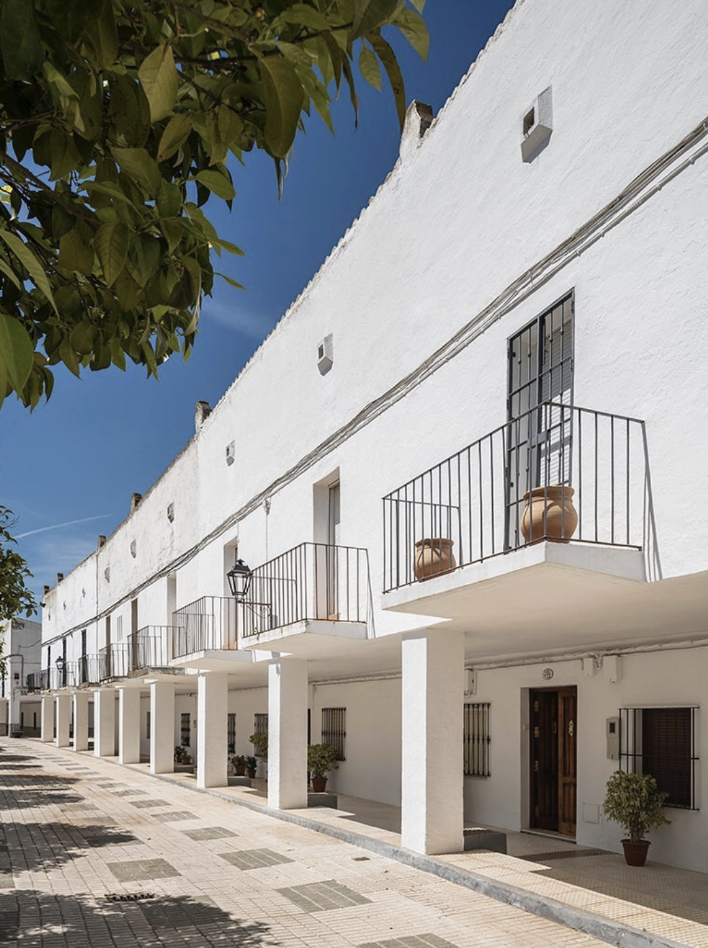
Editor: Beatriz Fabián
Beatriz is a journalist specialized in offline and online editorial content about design, architecture, interior design, art, gastronomy and lifestyle.